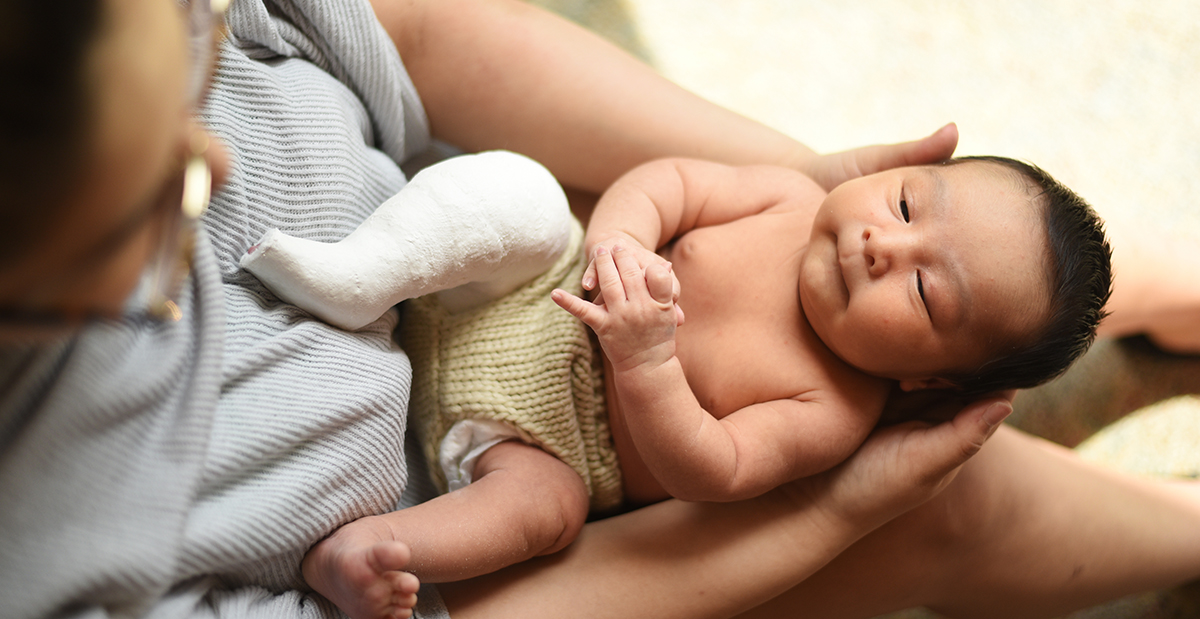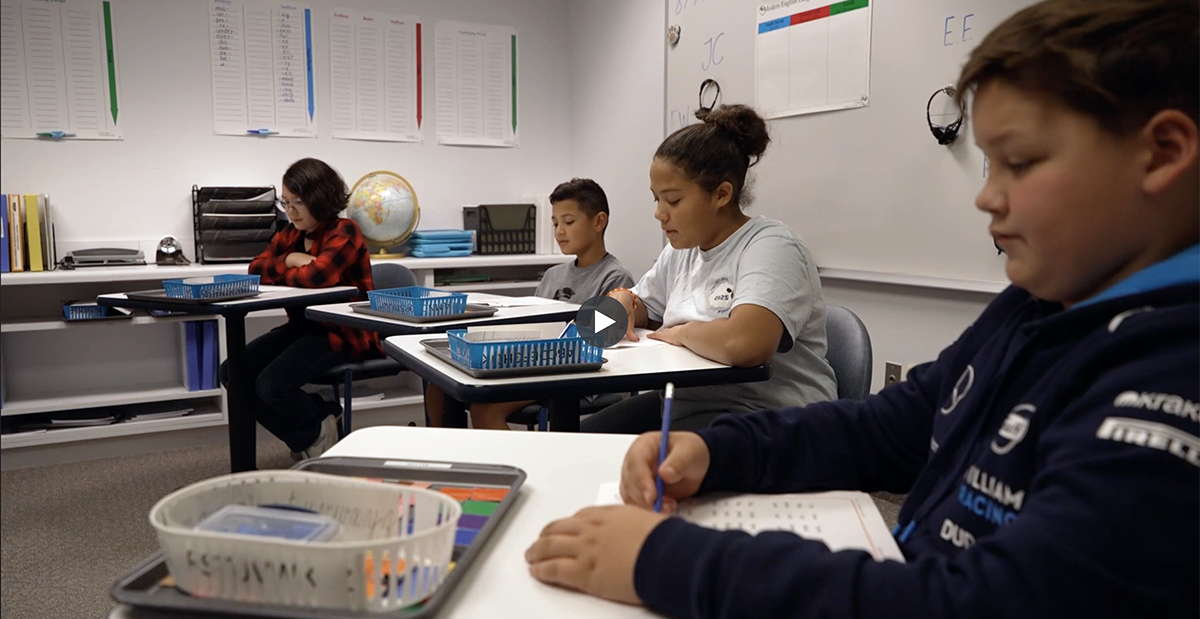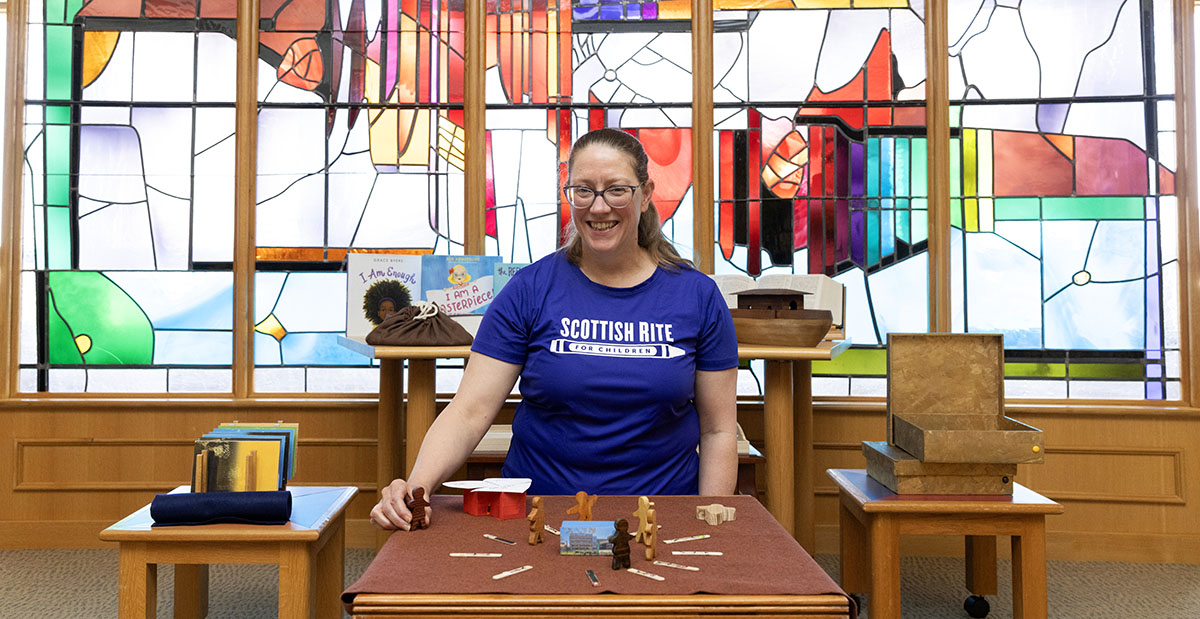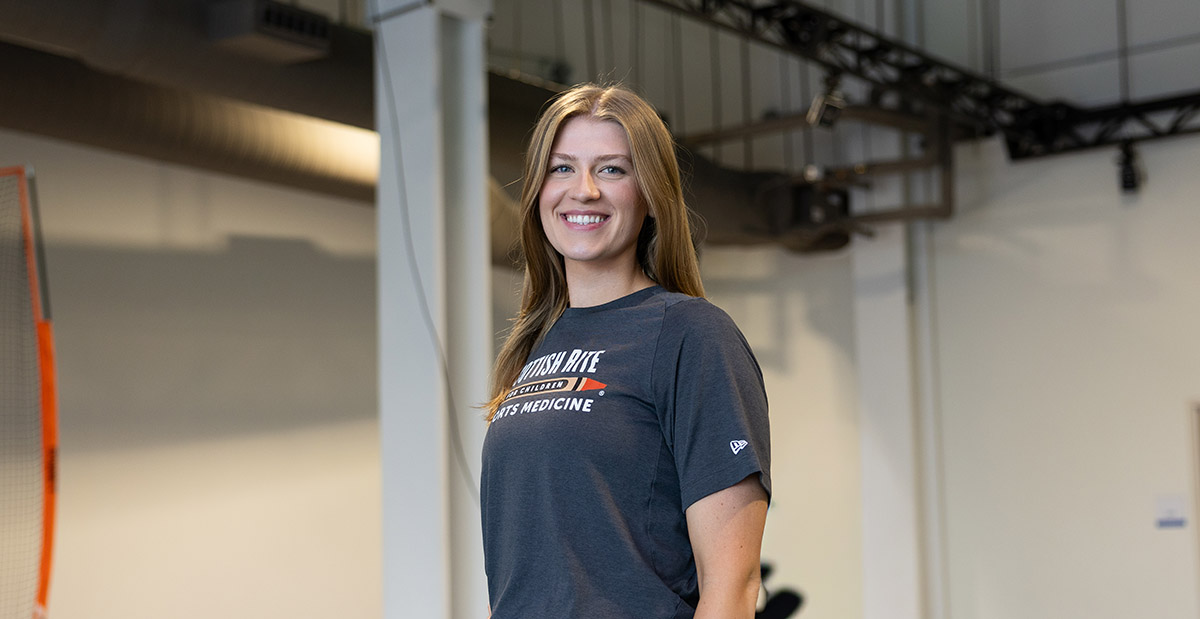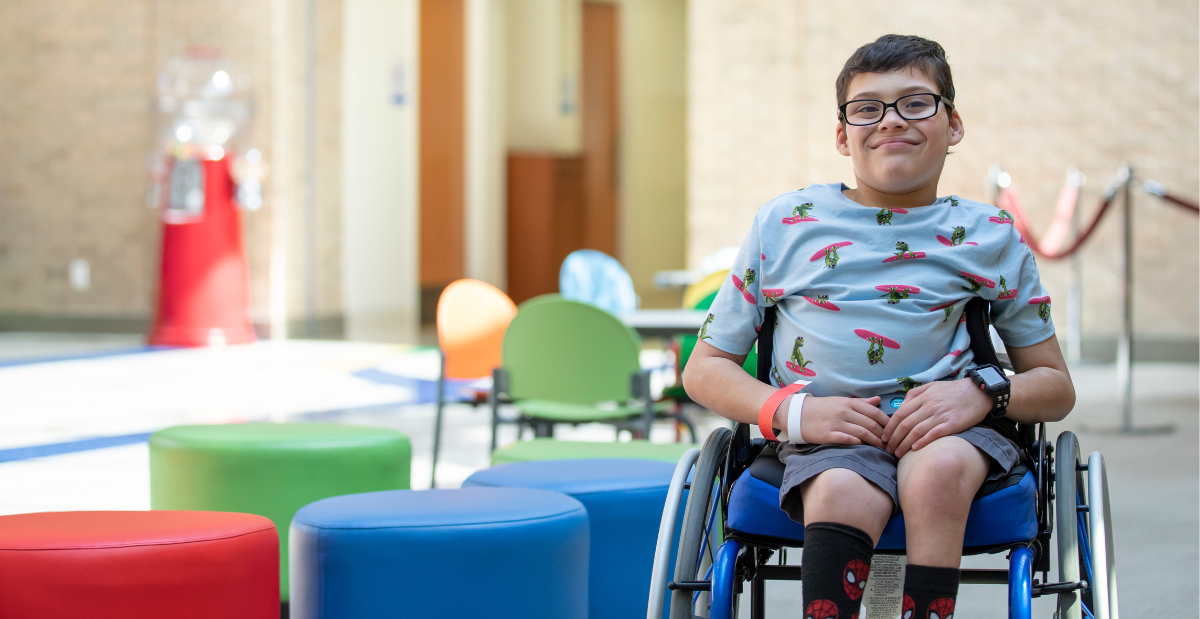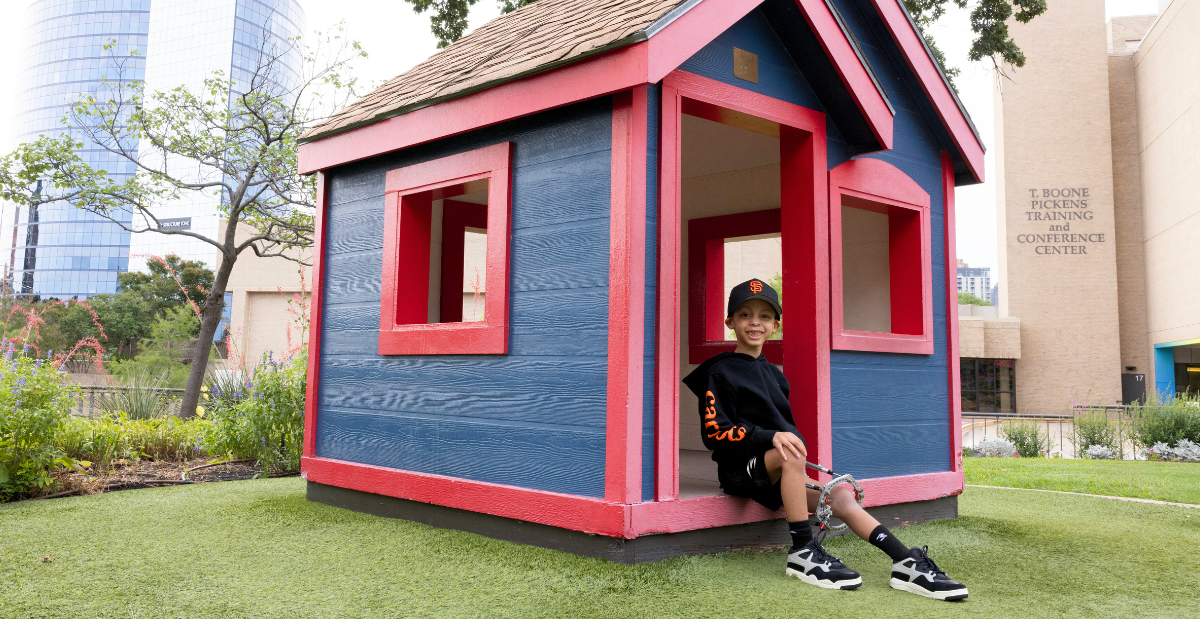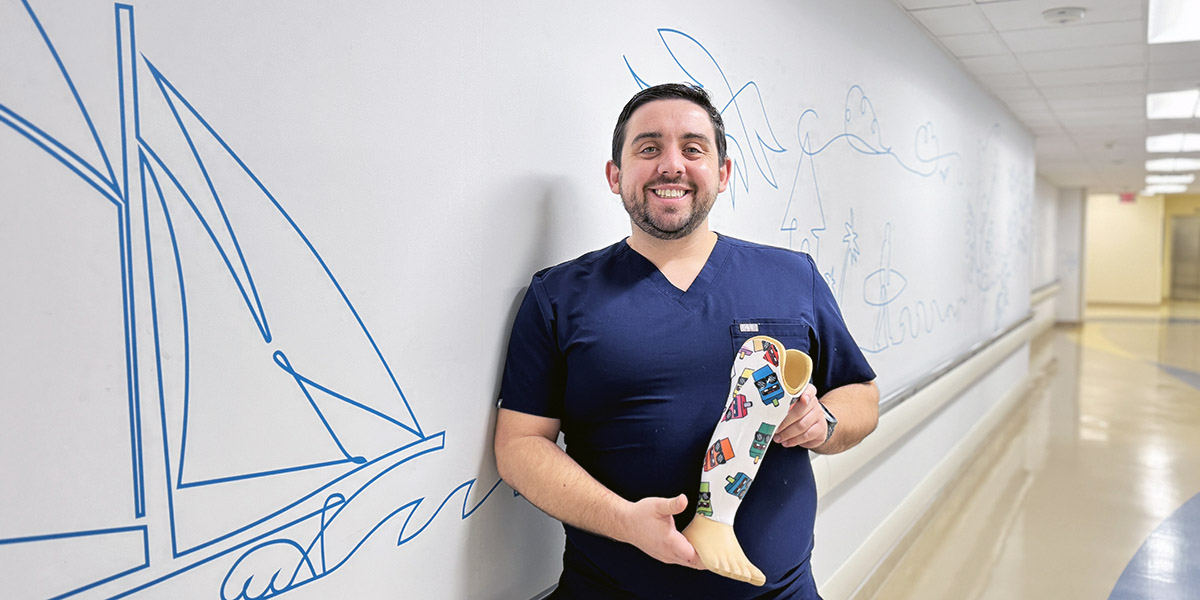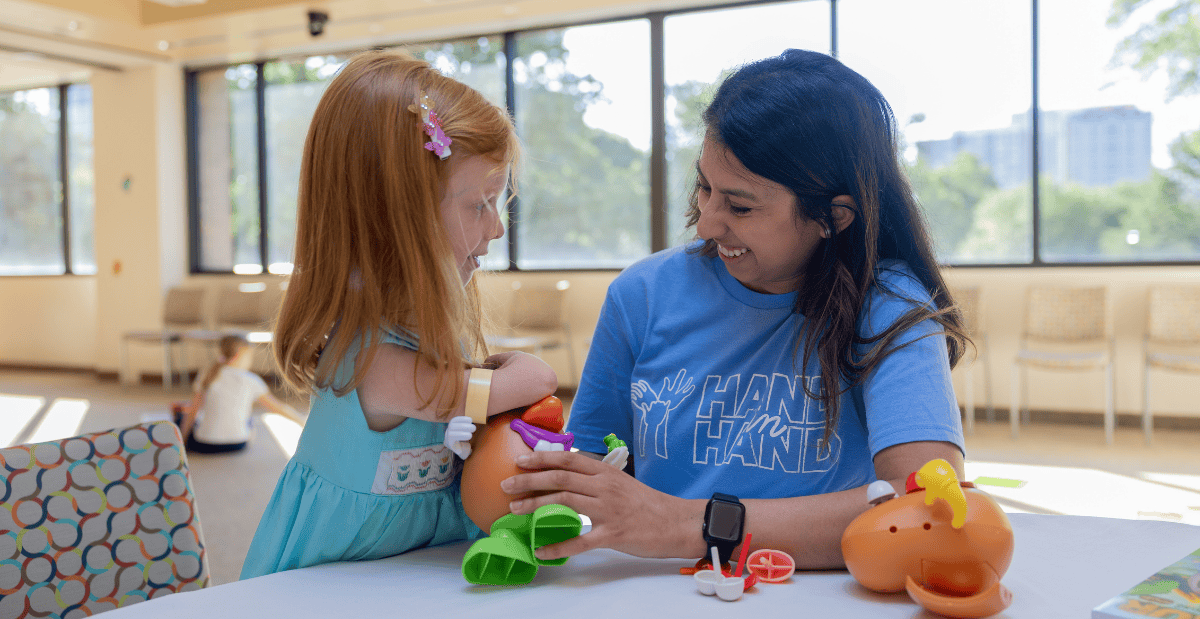A clubfoot is a congenital (present at birth) foot abnormality. It is one of the most common pediatric orthopedic conditions.
- The heel tilts in and down, and the forefoot is turned in.
- Without treatment, it is possible for a child with a clubfoot to walk on the outside of the foot which may produce pain and/or difficulty walking.
- A clubfoot is usually smaller than an unaffected foot.
- The calf is also usually smaller on the side of the clubfoot.
- One or both feet may be affected.
Why does it happen?
- The exact cause of the clubfoot is unknown.
- It cannot be prevented, but it is treatable.
How is clubfoot treated?
The goal of treatment of the clubfoot is to have a functional, pain-free foot with good mobility and strength. Two nonsurgical techniques are used in newborns and young infants:
- Stretching, Taping and Splinting Program
- Specialized physical therapy program consisting of stretching, stimulation and taping of the foot.
- Serial (“Ponseti”) Casting Program
- Involves positioning of the foot followed by application of a cast.
- The cast extends from the toes to the top of the thigh, with the knee bent.
- The cast is changed every one to two weeks in clinic.
- After the casting program is complete, your child will wear a special brace full time for three months, then at night until two or three years of age.
- Wearing the brace is crucial to prevent the clubfoot from recurring.
- Surgery – If nonsurgical treatment does not completely correct the foot position or if the foot deformity recurs, surgery may be recommended.
Learn more about the care & treatment of clubfoot.


